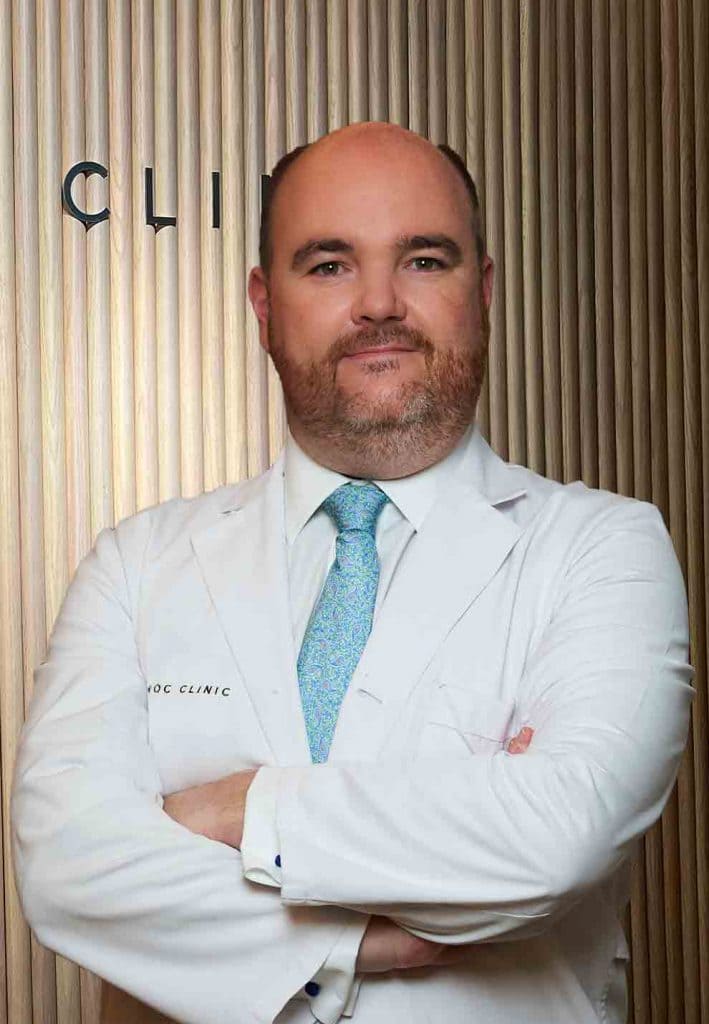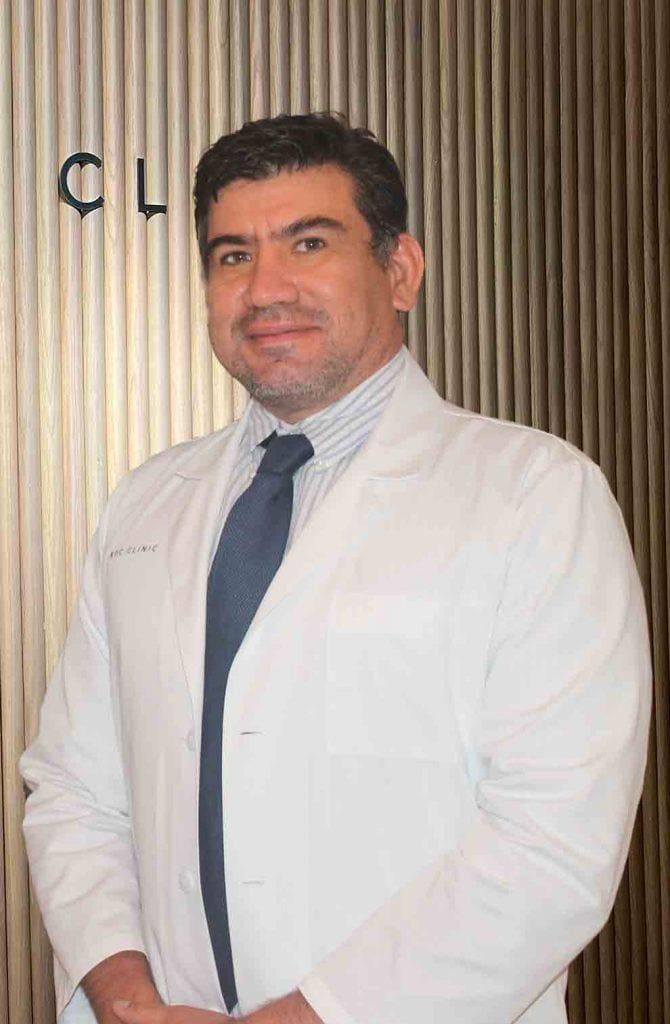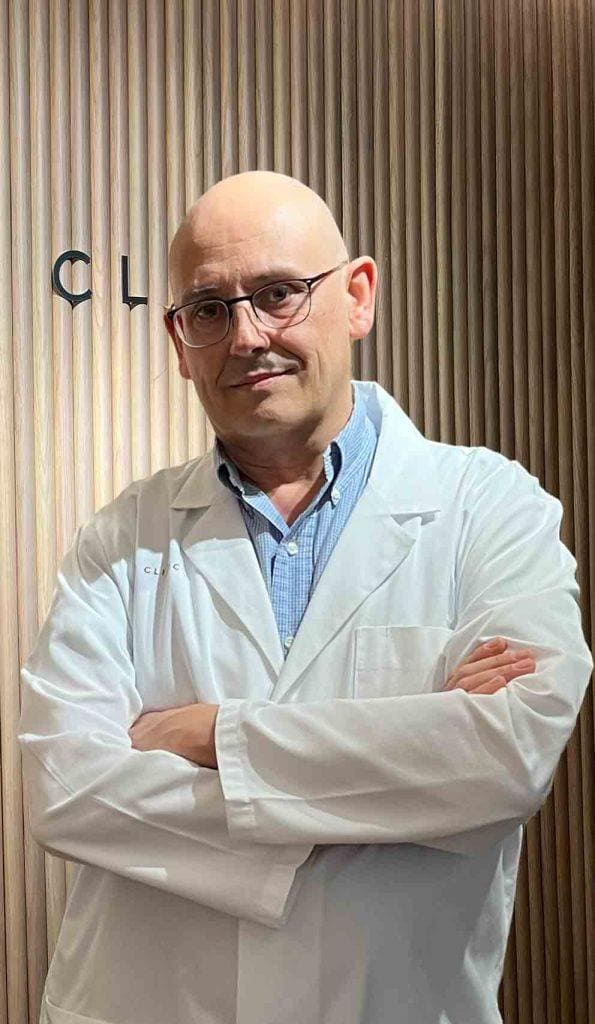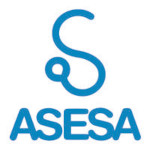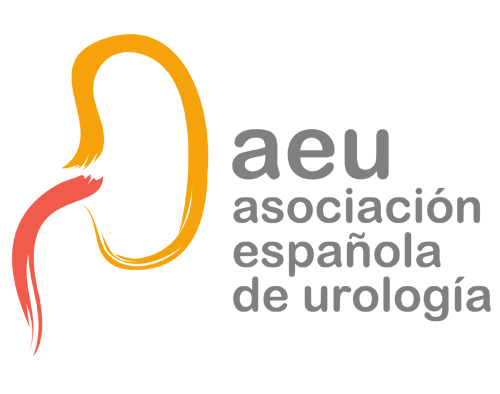Lithotripsy
We have the latest technology and the most advanced research to improve the patient's results and quality of life.

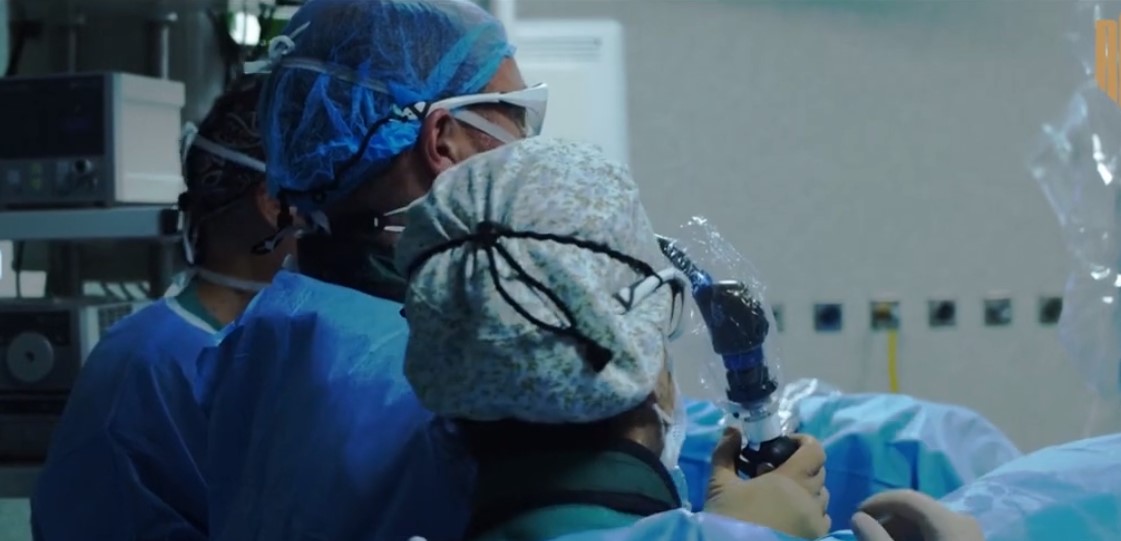
What is Lithotripsy?
Lithotripsy is the procedure that uses shock waves to disintegrate stones or calculi located in the kidney or ureter so that they can be expelled through the urethra along with the urine. Its name comes from the Greek lithos, which means stone, and from the Latin,terere, which means to crush.
This painless procedure is one of the most common to treat lithiasis, the medical term for stones. Stones are solid masses of variable size that form in the urinary tract as a result of an accumulation of minerals (calcium oxalate monohydrate or dihydrate, calcium phosphate, magnesium ammonium phosphate, calcium phosphate-apatite, uric acid, cystine, etc.) found in the urine.
How is lithotripsy performed?
Lithotripsy is a non-invasive procedure that lasts about 60 minutes and is performed under sedation. The patient lies on his back, the exact spot where the stone is located is located by means of an ultrasound or X-ray and, finally, the lithotripter -the machine that emits the shock waves- is directed towards the stone or stone in order to apply the high-energy shock waves. These pass through the body and hit the kidney stones until they are broken into tiny pieces that are then expelled with the urine. This procedure is technically called extracorporeal shock wave lithotripsy (ESWL).
After the procedure, the patient rests in an adjoining room while the patient's progress is monitored until the painkiller wears off. Normally, after 30 minutes the patient is discharged and can go home on their own.
Our technology
At ROC Clinic we have the Dornier Compact Delta lithotripter, the most widely used machine in the world, which has a powerful electromagnetic wave generator.
This state-of-the-art lithotripter has integrated radiological localization and tracking systems that allow the stone to be located before fragmentation in an efficient and safe manner.
It is important to bear in mind that, as this technique fragments the stones to be eliminated through the urinary tract, this therapeutic option is not recommended above a certain size.
Postoperative and follow-up
In the days following the treatment, the patient should drink enough water to facilitate the expulsion of the fragments until they are completely eliminated from his body. It is possible to experience bleeding in the urine as a side effect of the treatment.
After 15 days, a control review will be performed to check your evolution and, in the event that the stones have been completely expelled, you will be able to continue with your normal life. Otherwise, a new revision will be made after a few days to assess the persistence of remains and determine whether a new lithotripsy session or another type of procedure is necessary.
Forecast
Normally, lithotripsy completely removes the stones. However, the prognosis depends on the hardness of the stone, size and location within the urinary tract.
It is advisable to follow a diet low in salt and animal proteins and rich in fiber and fruits, as well as to drink plenty of fluids to prevent the formation of new kidney stones.
- It is a highly effective non-invasive procedure
- It is a painless procedure
- May be repeated on more than one occasion
- No hospitalization is required. The patient leaves the clinic a few hours after the procedure.
- It is a quick recovery. The person only has to rest on the day of the procedure and can return to normal activity the following day.
- It is not suitable for all sizes. This therapeutic option is not recommended for stones over a certain size.
We are one of the reference centers for the diagnosis and treatment of Lithiasis thanks to the wide variety of imaging tests and diagnostic and therapeutic tools that allow us to fragment stones in the urinary tract without surgery, in a minimally invasive way.
To maintain high resolution rates, it is necessary, not only a correct indication of the treatment, but also a certain experience and a precise machine. Our Lithiasis Unit, with Dr. Fernando Cabrera in charge, has extensive experience in the management of extracorporeal shock wave lithotripsy (ESWL), with a resolution rate of around 70% of cases.
+200
procedures performed per year
We have the latest generation litrotiptor, with an integrated radiological tracking and tracing system, as well as a powerful electromagnetic wave generator.
We are a reference center in the diagnosis and treatment of Lithiasis.
Newsof ROC Clinic in Lithotripsy
Research
Da Vinci and Hugo RAS Platforms for robot-assisted partial nephrectomy: a preliminary prospective comparative analysis of the outcomes.
They ask us in the Consultation
How do I prepare for a Lithotripsy?
You must fast for at least 4 hours before. The last meal before treatment should be light and you should not eat fruit, vegetables, starchy foods, vegetables, bread, sausage or coffee in the previous 12 hours.
Are there any contraindications for shock wave lithotripsy?
It is contraindicated for pregnant women, people with coagulation problems or people with rheumatoid arthritis, among others.
What should I do after lithotripsy?
Drink plenty of water to help flush the stones. Do not drink alcohol or carbonated beverages within 24 hours.
What should I do after the treatment of Lithiasis?
Drink plenty of water to help flush the stones. Do not drink alcohol or carbonated beverages within 24 hours.
Team of the Lithotripsy unit


 +34 912 627 104
+34 912 627 104 Contact
Contact
